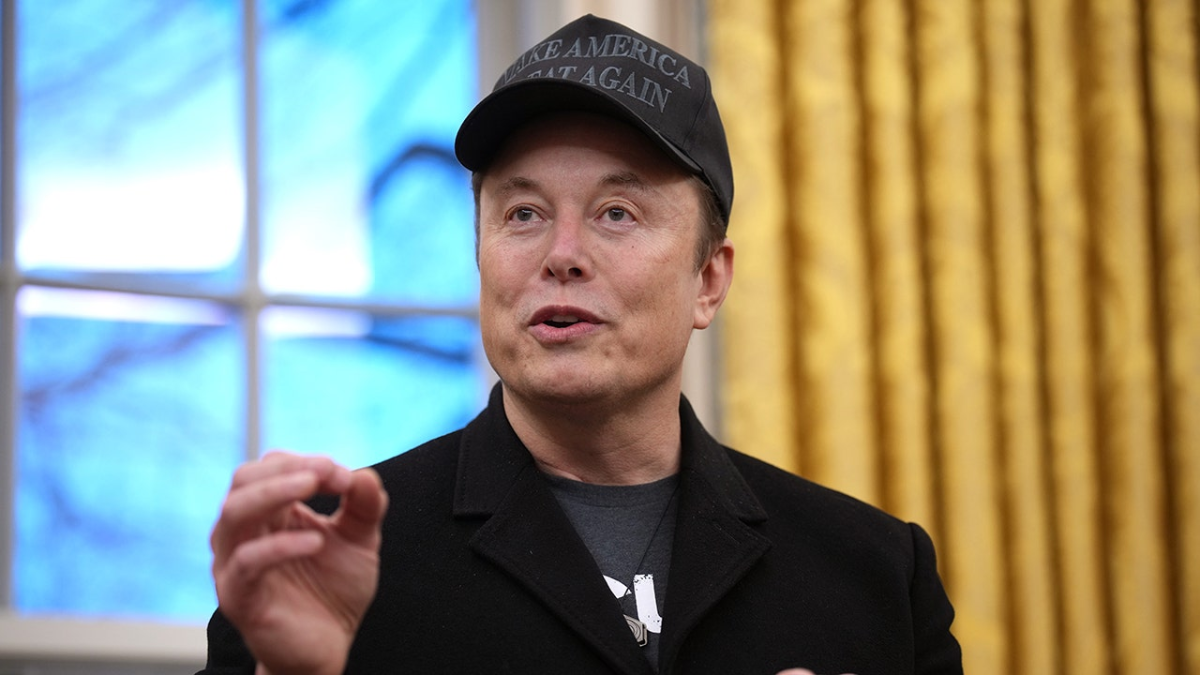Elon Musk, the billionaire entrepreneur behind companies like Tesla, SpaceX, and Neuralink, is known for making bold statements that often spark widespread conversation. Recently, Musk raised eyebrows by claiming that millions of individuals in the Social Security database are listed as being between the ages of 100 and 159.
This assertion has generated a great deal of attention, especially in light of ongoing discussions about the reliability and security of government databases. But what does this statement really mean, and what implications might it have for Social Security and public trust?
What Did Elon Musk Say About Social Security Database Ages?
Elon Musk recently commented on the Social Security Administration (SSA) database, claiming that millions of records in the system list individuals who are supposedly between the ages of 100 and 159. While this statement has garnered a great deal of attention, it’s important to note that there’s no immediate evidence to suggest widespread fraud or corruption. Instead, it’s more likely that the statement is addressing potential issues in the way data is recorded or interpreted within the Social Security system.
The idea of millions of people living well into their 100s and beyond is not entirely out of the realm of possibility, given the improvements in healthcare and overall life expectancy over the past few decades. However, the idea that there could be such a significant number of individuals aged 100 and beyond in the Social Security database raises questions about how the SSA is managing and verifying its records.
Possible Reasons Behind the Age Discrepancy
There are several possible reasons why individuals in the Social Security database could be inaccurately listed as being between the ages of 100 and 159. Some of these reasons are likely related to common issues in large government databases:
- Data Entry Errors: One of the most common causes of discrepancies in databases is human error during data entry. For example, a typographical mistake could result in a person’s age being entered incorrectly, causing them to appear much older than they actually are. The sheer volume of records in the Social Security database makes it likely that some of these errors occur from time to time.
- Systematic Glitches: Another possibility is that technical glitches in the SSA’s data processing systems could cause age-related discrepancies. Given that the SSA manages millions of records, software errors or issues with how data is transmitted between systems could lead to certain records displaying incorrect ages.
- Fraudulent Activity: While not necessarily the cause of the specific claim Musk made, it’s important to recognize that identity theft and fraud are ongoing concerns within the Social Security system. If criminals use stolen personal information to manipulate the system, they may alter their age or create fictitious identities that could show up in the database. The SSA has safeguards in place to detect and prevent such activities, but it remains a challenge due to the vast scale of the system.
- Outdated or Inaccurate Records: The Social Security database relies on information provided by individuals when they apply for benefits or when their circumstances change. However, some records may be outdated, incomplete, or based on old information.
The Importance of Data Accuracy in Social Security
The Social Security system is one of the largest and most important government programs in the United States. It provides benefits to millions of Americans, including retirees, people with disabilities, and survivors of deceased workers. For the system to function effectively, the accuracy of the data in the Social Security database is crucial.
Inaccurate data can have serious consequences. For example, if records are incorrectly updated, it could result in individuals receiving the wrong amount of benefits or, in some cases, benefits being paid to those who are not entitled to them. Additionally, errors in the database could impact the calculation of future benefits, as the Social Security program uses lifetime earnings records to determine benefit amounts.
The Role of the Social Security Administration in Addressing These Issues
The SSA is aware of the challenges it faces in managing such a large and complex database. To address potential issues, the agency continually invests in updating and improving its technology systems. For example, the SSA has implemented automated systems for verifying personal information, including birth dates, Social Security numbers, and other identifying details. These systems help catch errors before they become widespread problems.
The agency also works closely with other government entities to detect fraud and maintain the integrity of the Social Security system. For example, it collaborates with the Department of Homeland Security, the Internal Revenue Service, and law enforcement agencies to identify and investigate fraudulent activity. The SSA has a dedicated Office of the Inspector General (OIG) that works to ensure the system operates with transparency and accountability.
The Impact of Misinformation
Elon Musk’s comments about Social Security data discrepancies highlight the dangers of misinformation in today’s digital age. While it’s true that issues related to data accuracy and fraud do exist within the Social Security system, it’s essential to avoid jumping to conclusions without understanding the full context.
Conclusion
While Elon Musk’s claims about the Social Security database may have sparked controversy, the real issue is ensuring the ongoing accuracy and integrity of the system. While errors and discrepancies do occur, the SSA has mechanisms in place to identify and correct them.
The key takeaway is that the Social Security Administration is actively working to ensure that its records are accurate, and the public should be cautious about accepting unverified claims.
For more information about how Social Security protects data and prevents fraud, visit the Social Security Administration’s website.







